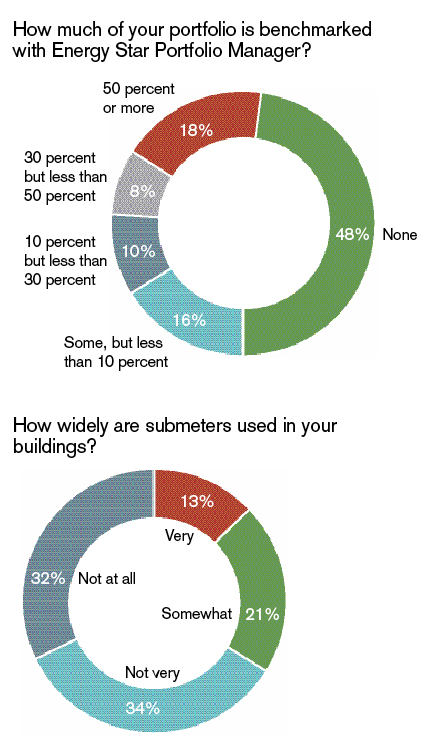Five Sources Of Data Can Help Facility Managers Analyze Energy Use
Before starting an energy improvement project, it only makes sense to determine which systems or areas are likely to reap the biggest benefits. Of course, to do that, a facility manager needs reliable numbers about how much energy different systems or sections of the building are consuming. The first step is knowing where to look for the data. Five sources of data can help facility managers analyze energy use in their facilities.
UTILITY BILLS. A facility's monthly utility bills are the first place many facility managers look for information on energy consumption. Ideally, the utility can provide several years of energy consumption data, so it's possible to see how use fluctuates over time. Also ideally, the information would be available in an electronic format, says Richard Lubinski of Think Energy Management.
No matter how the data arrives, it's important to determine if any of the usage statistics are estimated. Those numbers likely will be less accurate than actual readings from the meters.
To be sure, the usefulness of a utility bill can be limited, especially if a single bill covers all areas and systems with a facility, says Jim Sinopoli, managing principal with Smart Buildings. "If you just get a utility bill for the whole building, it's better than nothing. But it's just not granular enough for a big building to get an idea of where the energy is being consumed."
The data should also be normalized to account for fluctuations in weather and occupancy, Sinopoli adds. A drop in energy consumption resulting from vacancies means something different from a drop due to more targeted scheduling of the HVAC system.
With some utilities, it's possible to get interval data showing energy consumption at different points in time, Lubinski says. If, for instance, the lights and HVAC system inside a facility are supposed to turn off in the evening, but the report shows no drop in electricity use, the facility manager can check whether the systems are operating properly. "The data guides the energy engineer in the right direction," he says.

Related Topics:

















